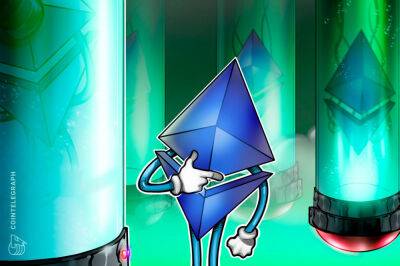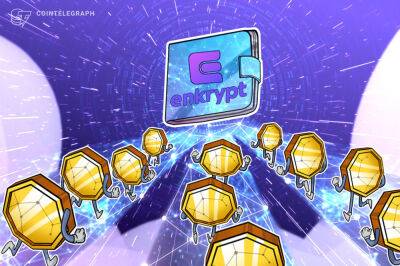Ethereum chain split is possible after the Merge, survey finds — but will ETC price keep climbing?
Ethereum's proof-of-work (PoW) powered by GPUs generated approximately $19 billion in revenue last year for ETH miners. But these revenue streams are in danger as Ethereum is expected to become a proof-of-stake (PoS) blockchain via "the Merge" upgrade in September.
Miners could then revolt against the new upgrade by continuing to mine on the old Ethereum PoW after the hard fork chain split.
A survey from crypto hedge fund Galois Capital recently revealed that 33.1% of respondents believe that the Merge would create two parallel blockchains: ETH1 (PoW) and ETH2 (PoS).
Question 1: What happens during the merge? If Choice 2 or 3 go to Questions 2-5.
Nevertheless, most respondents, or 53.7%, expect Ethereum's chain to smoothly transition from PoW to PoS.
But contentious hard forks aren't anything new. In fact, the current Ethereum chain came to be in 2016 following a controversial hard fork aimed at reversing a $60 million exploit, resulting in a chain split with Ethereum and Ethereum Classic (ETC).
This is where the argument of Ethereum Classic versus ETH1 begins. Since Ethereum Classic is already a PoW chain, creating a similar chain, ETH1, will not have "much relevance," according to some redditors.
Several other comments from Reddit explaining why ETH1 will fail include:
Meanwhile, most respondents in the Galois Capital survey also believe that exchanges and projects (especially Tether) will support ETH2 over ETH1 in the event of a hard fork.
Question 4: How do exchanges handle perps and futs?
After reaching a record high in May 2022, the Ethereum network's hash rate has been downtrend ever since, indicating that miners are pausing or shutting down their rigs in the weeks leading up to the Merge.
On the other hand, they could
Read more on cointelegraph.com

















